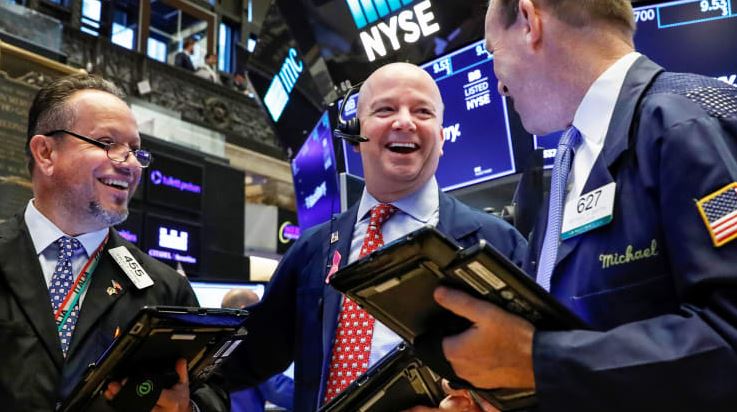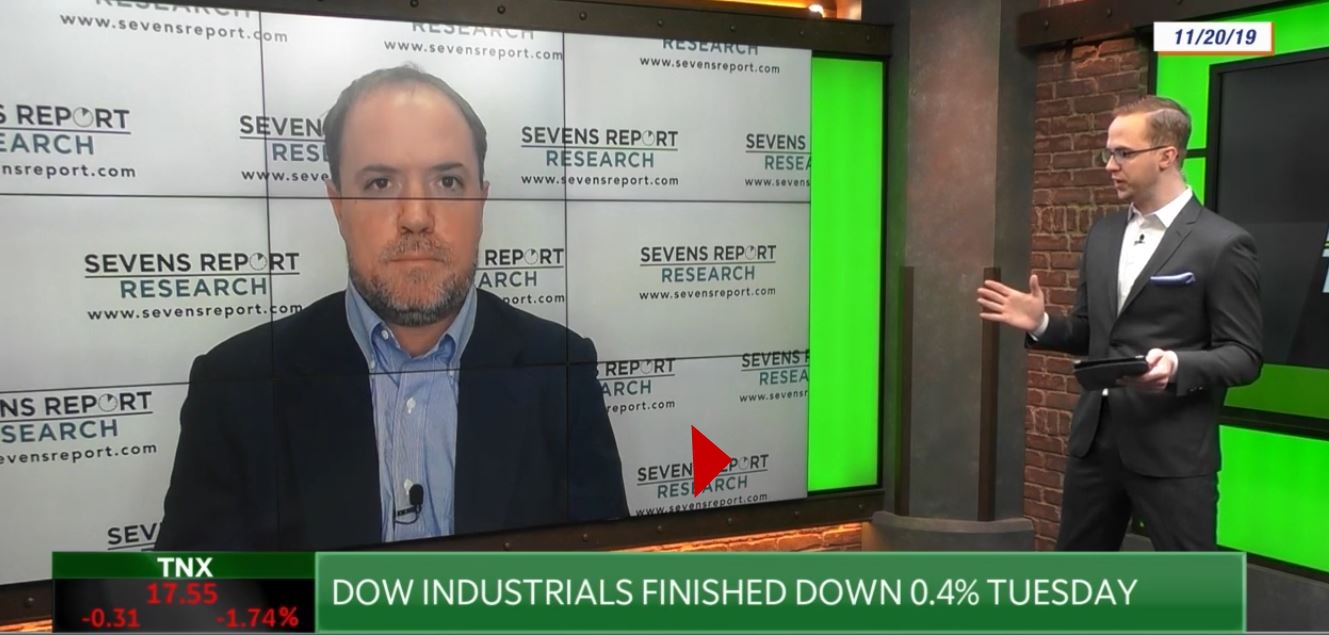What’s in Today’s Report:
- What to Make of Wednesday’s Trade Headline (That Caused the Selloff)
- What Does Escalating Trade Noise Mean for Markets Into Year-End?
Futures are little changed as markets digest yesterday’s potentially negative U.S./China trade headlines along with more headlines overnight, as the trade noise grows louder.
The trade headline whiplash continued overnight as Chinese Vice Premier He said he was “cautiously optimistic” about a phase one deal being signed. This is helping, somewhat, to counter yesterday’s headline about a deal slipping into 2020.
There were no economic reports out overnight.
Today there are some important economic reports, but the biggest issue today will be whether President Trump signs the bill passed by Congress supporting democracy in Hong Kong (if he does, that could complicate trade talks). He is expected to sign the bill, although that’s not a high conviction expectation.
Looking at actual economic data, we have two important reports today, Jobless Claims (219K) and Philadelphia Fed (E: 7.5) and one housing number, Existing Home Sales. As has been the case, the stronger the data, the better for stocks. We also have two Fed speakers, Mester (8:30 a.m. ET) and Kashkari (10:10 a.m. ET), but neither should move markets.





